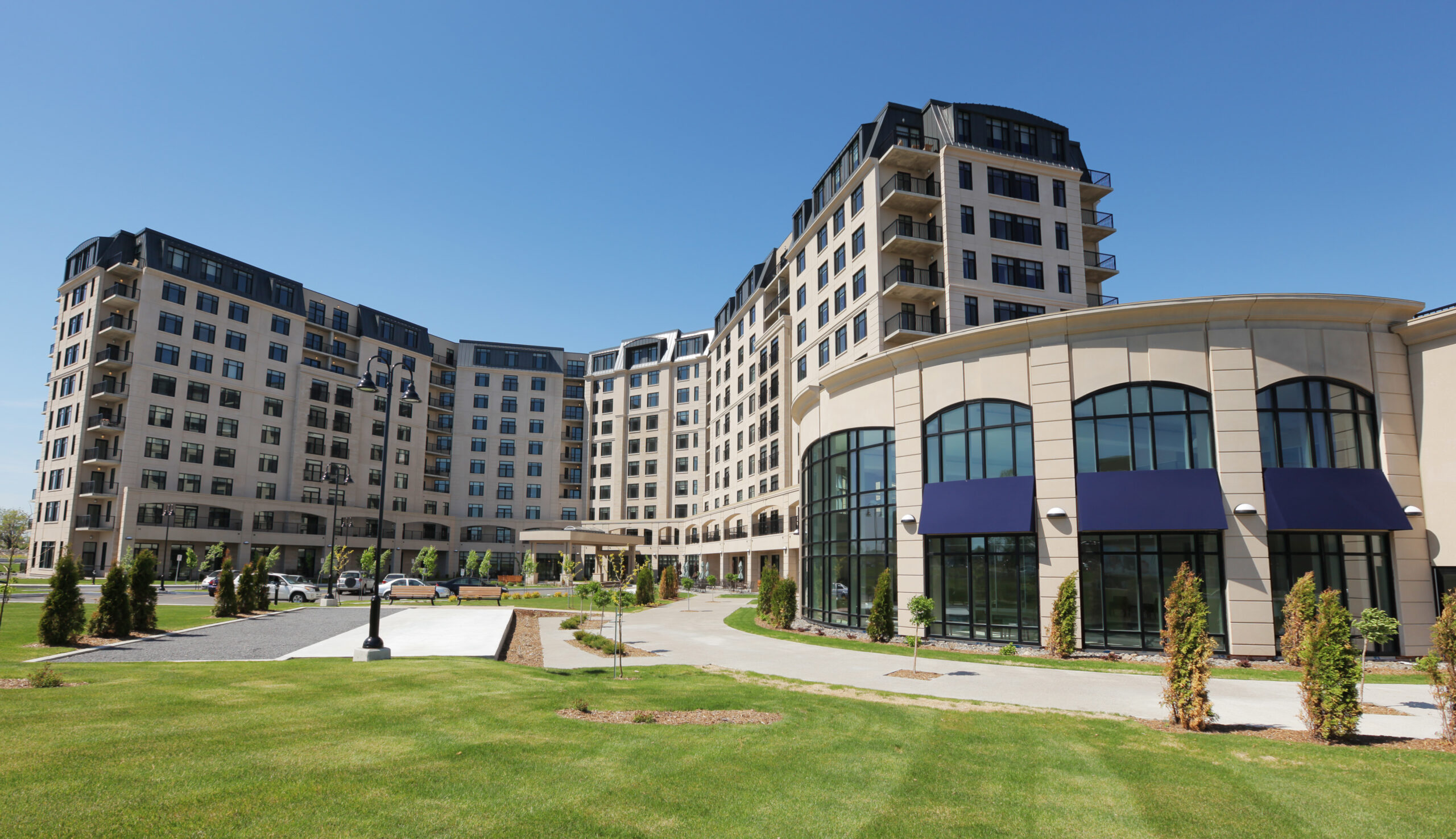
How do Cap Rates for Senior Living compare with Apartment Buildings?
A Cap Rate is the most commonly used method in determining the value of a real estate asset. A cap rate is derived by dividing the annual net operating income by the purchase price. The higher the cap rate, the lower the price of the asset. The greater the perceived risk is in an asset, the higher the cap rate, and thus, the lower the price.
According to Senior Care Investor, in 2013 the average cap rates for an independent living facility was 8.2%, the average cap rate for an assisted living facility was 8.7%, and the average cap rate for a skilled nursing facility was 13%. According to Freddie Mac’s survey in February, 2014, the national average for apartment buildings in the US was 6.4%.
Why do senior living assets have a higher cap rate than apartment buildings? Senior living assets are still considered riskier because an investor is buying the real estate and the operating business instead of just the real estate and leases as is the case for apartment buildings and commercial real estate.
However, this also presents an opportunity for those who are good at operating seniors housings communities to make a greater return on their investment than investing in lower cap rate real estate assets.
For more information on what your Seniors Housing Community may be worth, please contact Jason Punzel at punzel@slibinc.comor 630-858-2501.


